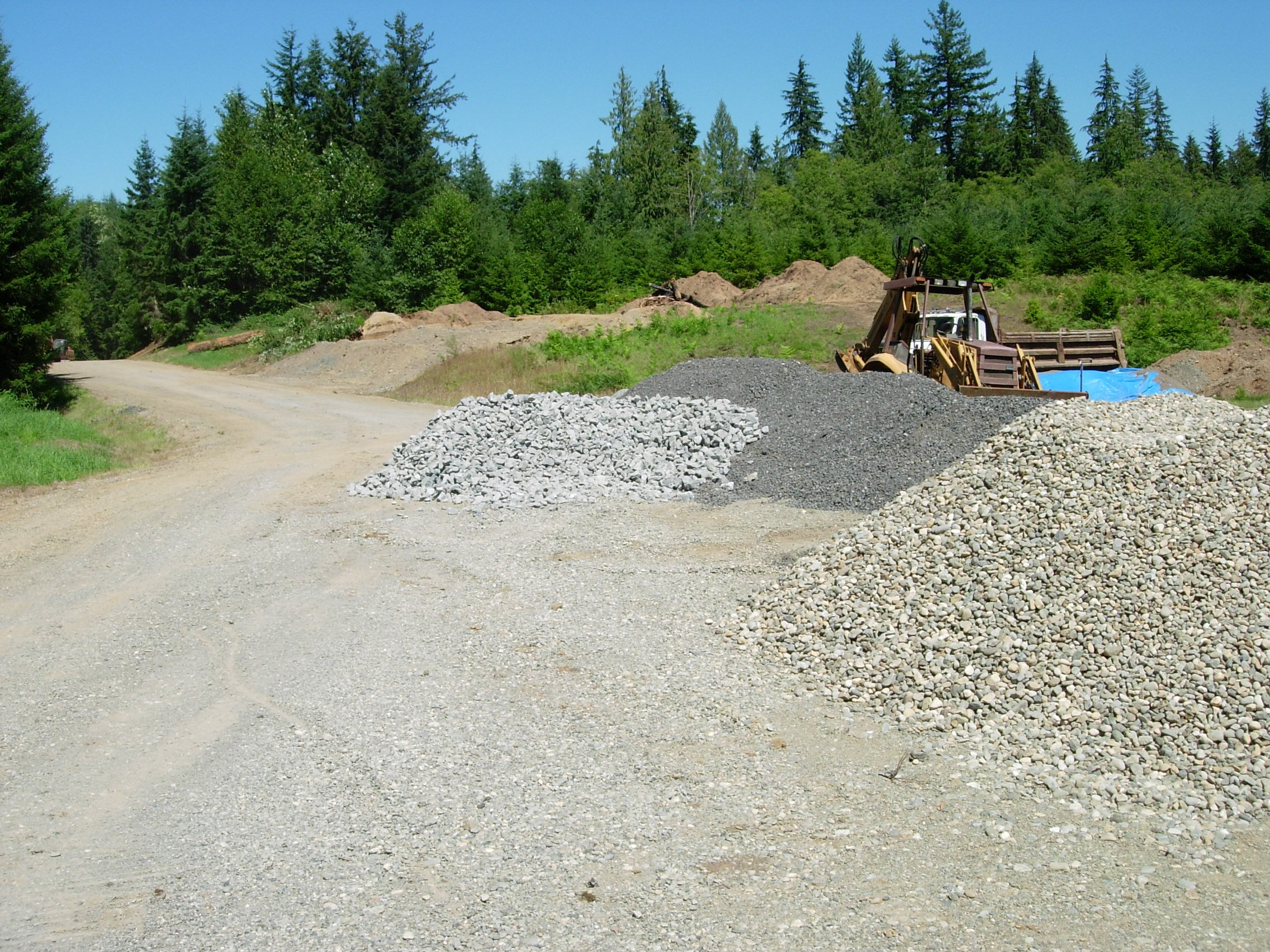Causes of Cost Overruns in Land Development
Profit killers in land:
It doesn’t take a seasoned businessperson or real estate investor to understand this basic fact:
Significant cost overruns are caused by asset depletion and time delays. It’s always the same - money and time - and the resulting hit on profitability.
But just how do we get ourselves into this dilemma in land? What are the causes and when do they start? How can they be prevented and managed?
Let’s take a closer look at when and how these nagging problems start and grow. Then, how to prevent them.
Early-on watch outs:
Overpaying for the land:
Making a buying decision can get tricky for the enthusiastic investor when the land itself is a great price as a stand alone purchase, but might not be a good buy because of required development costs over the life of the project. It’s a good idea to spend some serious and focused pro forma time on what the improvement costs are going to be. This is best done during the inspection period and before the earnest money goes hard!
Inspecting the property:
During the inspection period it’s a great time to part with some precautionary money. The land use attorney and engineer are invaluable assets to advise on the legal, permitting and technical aspects of developing the land. Professional advisement costs money, but if done during inspection, can save a lot more money later on.
Environmental:
Nothing adds to cost and time like environmental obstacles. Think both natural factors and pollution. I have a no touch policy that applies to polluted land, but natural features fall under environmental as well and they can really add up. Tough topography, wetlands, native vegetation that must be preserved and unfavorable soil conditions are just four of many examples.
Utilities:
Where are the offsite utilities? How much will it cost to tie into them? What are the hook up fees? Is water available from the provider? One example of a public water capacity problem I always remember is a guy that closed on a piece that had a 15” water main running right by his property line. He only found out later, after he had closed, that there were no more hook ups available from the water district…i.e. no capacity to serve!
Once the land is owned:
Cost containment specialist:
Ok, so my deal went pending, my inspections are done and the deal is now funded and closed. From the start, I take my existing pro forma and use my software to measure each cost against the projection, as it happens, until the very end of the project. Two things tend to occur: If individual cost centers are tracking true to the projections, I am good for now. If not, I either need to cut costs or adjust the projection if I can’t.
I am not ashamed to admit that after decades in land development I have never completed a project that didn’t vary from the original cost projections. Since variances always tend to add costs, I have a contingency line in the budget that averages about 20% as a form of self-preservation
Implementation phases:
Whether passive or active, every action to move the project forward is a form of implementation. Tracking each cost as it happens is one part, but not the whole part of the equation. I also must integrate each step into an overall critical path of the project. This means project management tracking against time goals: Where was I, where am I now, what is the next step and what are the remains steps? Is the completion date still solid?
Construction:
Land developers have recently been complaining about whacky material costs and procurement problems - but it’s really always been an issue. Whether it’s materials, labor or machine time, construction will most probably be a huge part of project cost on a percentage basis. I strive for competitive bidding and securing firm quotes as early as possible. That, along with any cost saving design modifications that can be made along the way.
Time itself:
With thousands of steps taken individually, then together, and in an ordered sequence (hopefully), any time delays add up. Time delays can have a huge impact on cost.
I am not the poster child, or even an decent example, of how to finish a project on time. It’s my greatest area in need of improvement, but after decades doing this I don’t know how much more improving I can do. Time delays are tough to predict and my main challenge is during review by the Planning Departments. Generally speaking, it seems you can’t push them faster than they are already going to move anyhow.
So, what do we know about cost overruns in land development?
My opinion is that if I boil land development cost overruns down to the component atoms - I get this:
There are internal and significant external forces involved.
I must be disciplined and organized on every internally controlled touch point.
Most significant to me is since so many of the steps of a project are externally controlled, I must factor that into contingencies and clearly understand that this is what happens to a land development speculator. That’s all I really am - a guy that’s making a calculated wager on an uncertain outcome!
Contact me at: ldr@landdevelopmentrealities.com






